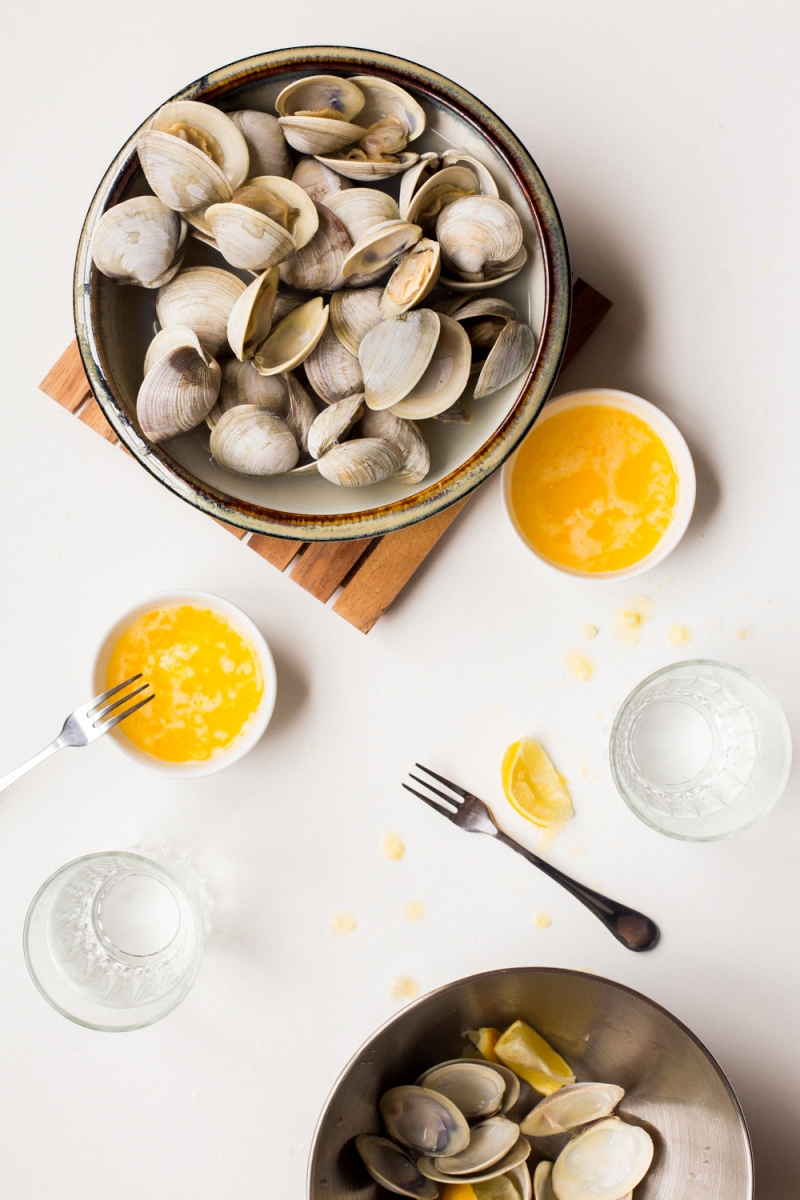
Hey folks, we’re going to enjoy a short, simple dish this week. I’m in the middle of prep for a two-week stretch of recipe development, hopefully my last big push in the kitchen before I focus on writing other parts of my next book!
I think there’s something unfairly simple about wedge salads. They’re a cinch to put together at home, but I often find myself ordering them at restaurants, despite the fact that I’m paying someone to simply chop a head of lettuce into quarters. This week’s recipe is the classic preparation of the dish, which is wonderful in its ease and approachability; for something a little more challenging, I encourage you to check out my Muffuletta Wedge Salad recipe from last year.
A little history on wedge salads, from The Ancestral Table:
Salads served wedge-style date back to the 1910s and reached peak popularity in the 1960s. Iceberg lettuce, the staple lettuce used in this dish, has slowly been replaced by leaf lettuces over the years, but I still have a soft spot in my heart for this crispy, blank-canvas lettuce; it stays fresher longer than leaf lettuces and pairs better with creamy dressings and heavier toppings, as in this recipe.





